The first thing I tried was modeling. I had my classroom puppet, Alien, explain how to open the glue stick, turn it up a bit, and turn it down before putting the cap on so you don’t squish the glue stick’s little “head.” Kindergarten and first grade students loved this, but it seemed that many students still “forgot.” Wasting glue is not good for the art budget. Repeating the same phrase over and over: not so good for the teacher’s brain.
I took a photo of one of our glue sticks in an art supply basket I put at each table. Then I opened the ChatterPix app, chose my photo, then selected “next.” The app prompted me to draw a line where I wanted the mouth to appear and I tapped the record button to record my voice. I added sticker eyes and my talking glue stick came alive!
If you watched the video, you probably noticed that this glue stick has a man’s voice- not mine! That’s because when I got home to show my husband, he really wanted to create the voice for it, and I agreed. This way, the students know it is not me… it is the glue stick’s real voice (wink, wink)! Honestly, glue stick etiquette has improved, and some students look for that talking glue stick in their supply basket!
In ChatterPix Kids, you have 30 seconds to record your voice, you can also add stickers and text. When your recording is complete, simply send it to your camera roll. It is an easy and engaging app for students to create their own animated image.
When I first discovered this app by Duck Duck Moose, I planned on having students use it to describe their art. Just think of the possibilities! Students can create art, take a picture of it and describe their process. In their classrooms, students can tell a story with this app, or take a picture of an inanimate object, give it a voice and embed it in a presentation.
True arts integration is teaching and learning through two or more different content areas. Across all grades and disciplines, students must learn to speak audibly and express their ideas clearly. This is written in the English Language Arts CCSS in Speaking and Listening. Creating audio recordings is encouraged and listed in those same standards starting in second grade.
In our new National Core Arts Standards, students are Creating, Presenting, Responding and Connecting. Within Presenting, students can use technology to exhibit their work, create new content and create digital portfolios. I have listed some of the CCSS and NCAS that align with this app below.
Do you have ideas for lessons that include ChatterPix or other ways to give a picture a voice? I’d love to hear about your creative lessons. Leave a comment below!
CCSS.ELA-LITERACY.SL.2.5
Create audio recordings of stories or poems; add drawings or other visual displays to stories or recounts of experiences when appropriate to clarify ideas, thoughts, and feelings.
CCSS.ELA-LITERACY.SL.4.5
Add audio recordings and visual displays to presentations when appropriate to enhance the development of main ideas or themes.
CCSS.ELA-LITERACY.SL.5.5
Include multimedia components (e.g., graphics, sound) and visual displays in presentations when appropriate to enhance the development of main ideas or themes.
CCSS.ELA-LITERACY.SL.11-12.5
Make strategic use of digital media (e.g., textual, graphical, audio, visual, and interactive elements) in presentations to enhance understanding of findings, reasoning, and evidence and to add interest.
NATIONAL CORE ARTS STANDARDS- Visual Arts
Anchor Standard 4: Select, analyze, and interpret artistic work for presentation.
VA:Pr4.1.3a
Visual Arts, Presenting, grade 3
Investigate and discuss possibilities and limitations of spaces, including electronic, for exhibiting artwork.
VA:Pr4.1.IIa
Visual Arts, Presenting, high school
Analyze, select, and critique personal artwork for a collection or portfolio presentation.
This post was first published on Education Closet.
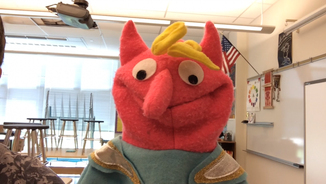
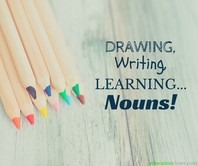
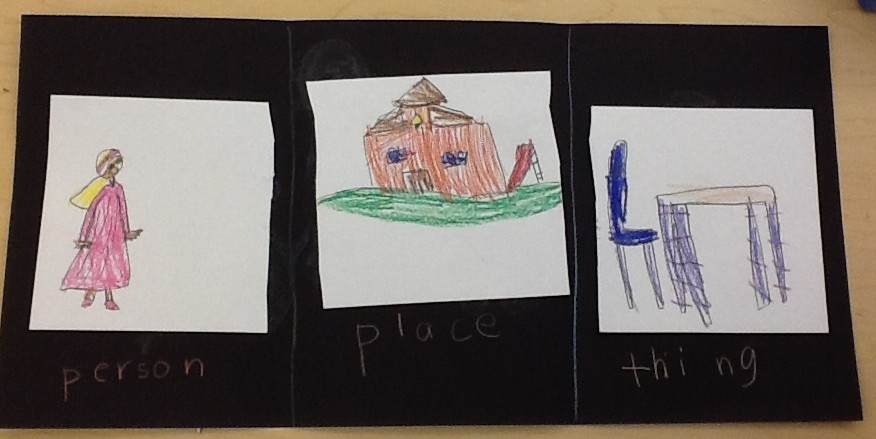
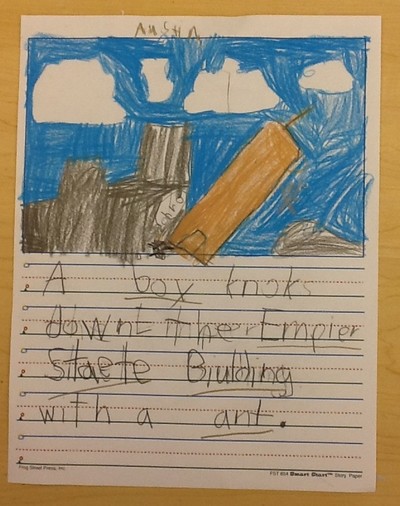
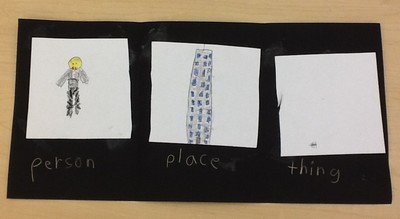
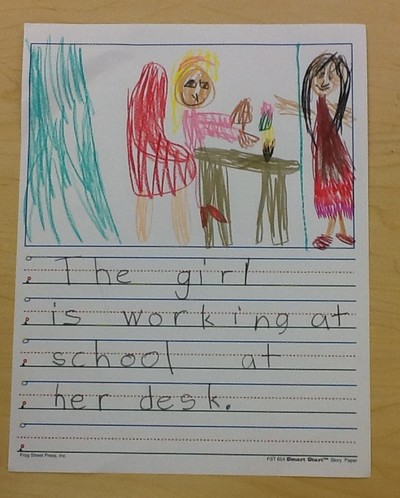
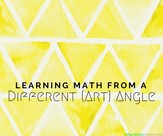
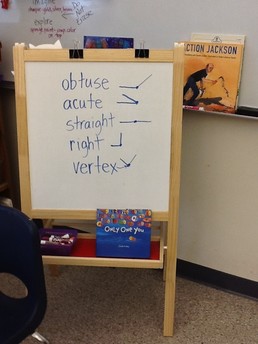
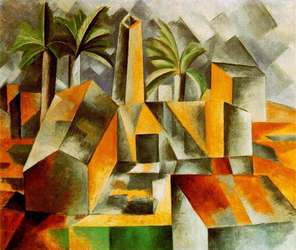
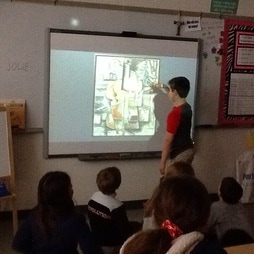
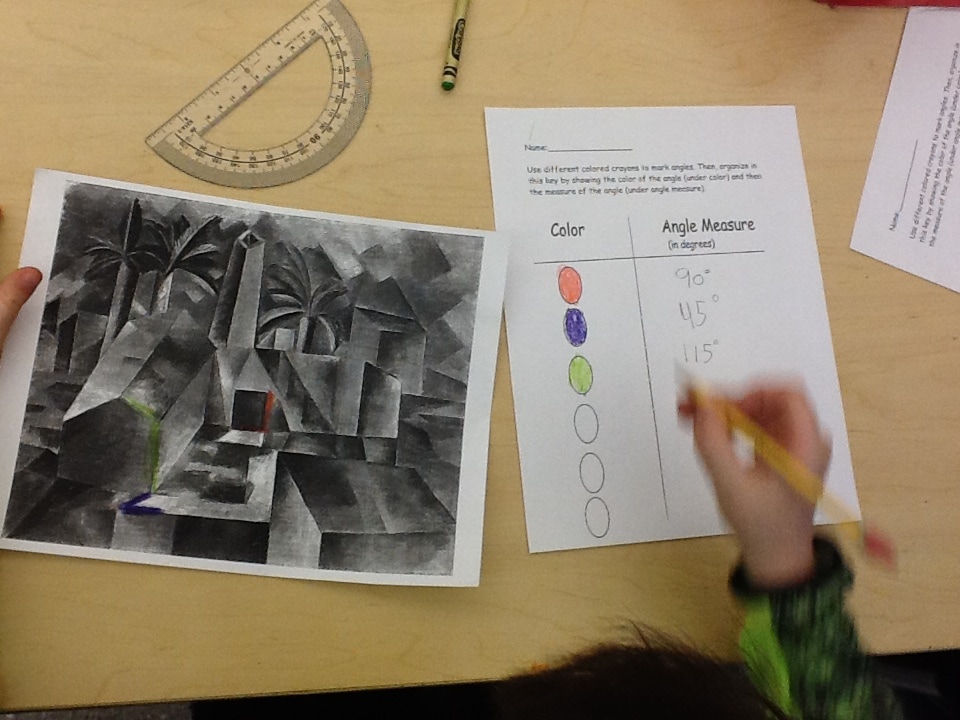


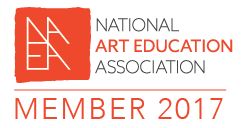

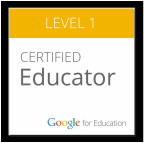
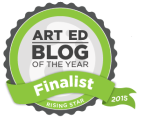
 RSS Feed
RSS Feed
